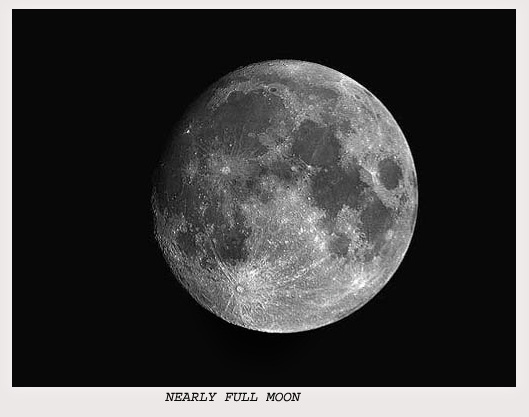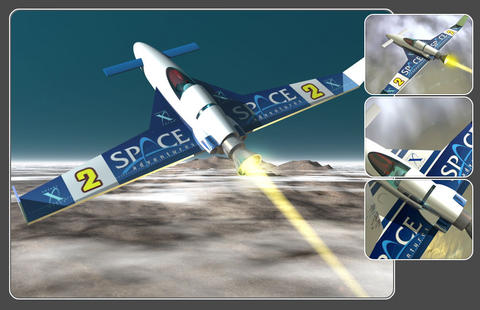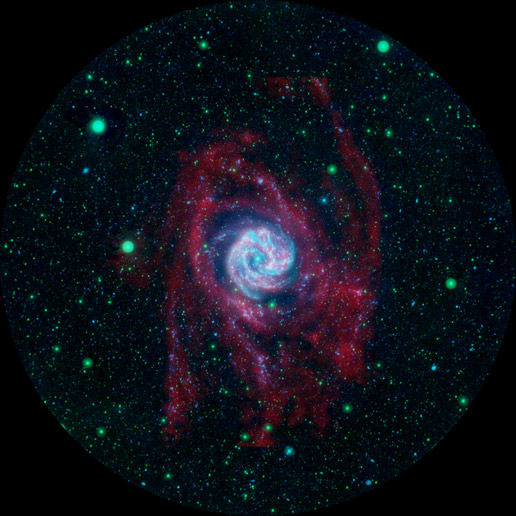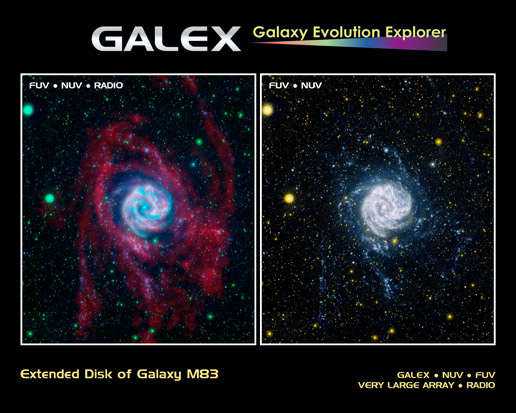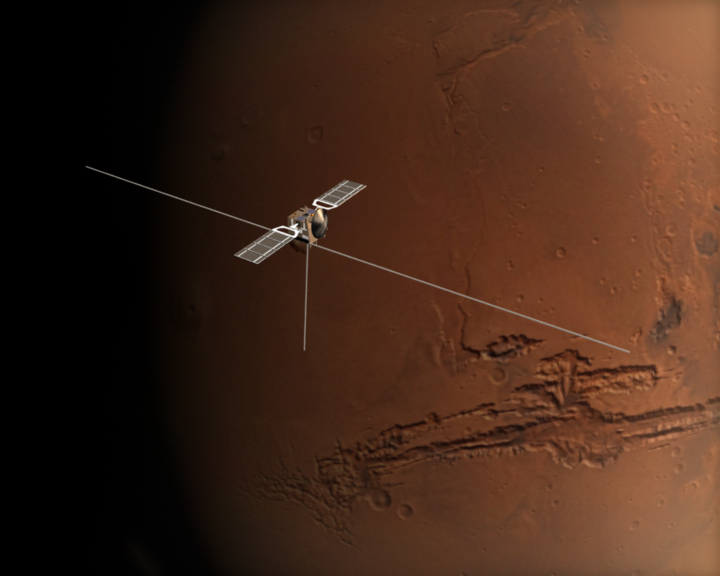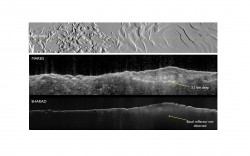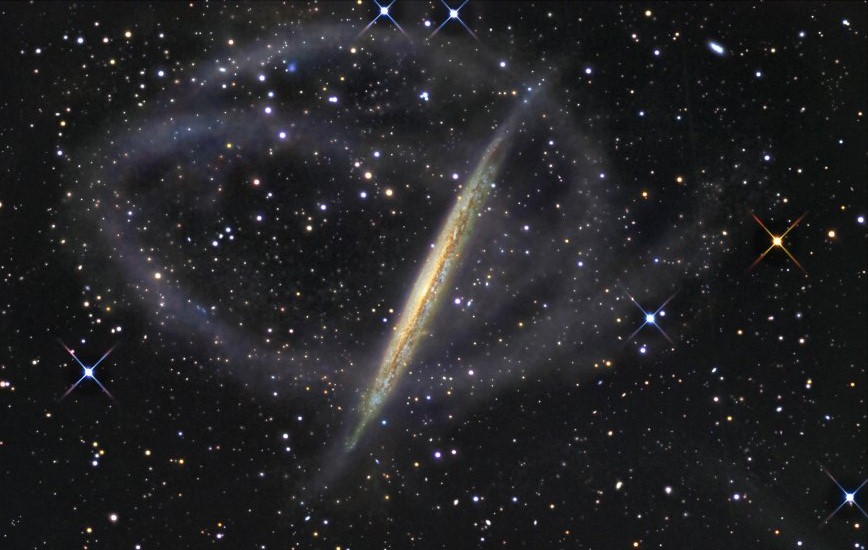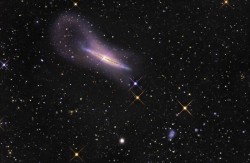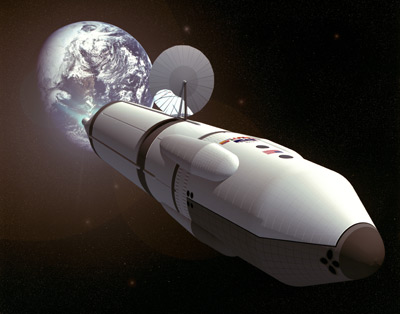There is a nagging problem under the surface of the excitement surrounding the future of long-term missions into space. Human exposure to the high amounts of solar radiation and other sources of cosmic rays is likely to be the main factor that could curtail mankind’s dreams for future manned settlements on other planets. The effects of radiation exposure to astronauts is not fully understood, but could range from acute radiation sickness (perhaps after being caught in an intense solar storm during interplanetary transit) to gradual cellular damage, greatly increasing the risk of cancer in long-term missions. So what can we do about it? Mankind is highly adaptive and some countermeasures are gradually being realized. (And yes, the Russian Space Monkeys might be able to help…)
The problem comes when humans leave the protective blanket of the Earth’s magnetic field. Acting like a huge, invisible force field, the magnetosphere deflects most of the harmful high energy particles being fired from the Sun. Anything that penetrates this barrier is quickly absorbed by our thick atmosphere. Even at high altitudes, in low Earth orbit, some protection to astronauts can be provided (although the ambient radiation is far higher up there than down here). So when we talk about colonizing other planets and sending astronauts further and further into deep space, radiation exposure becomes a bigger risk.
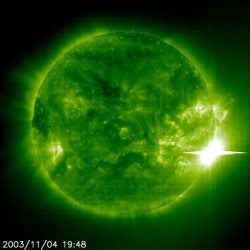
An immediate concern is that astronauts may get caught in a solar storm, where the Sun (usually around solar maximum) ejects huge clouds of highly energetic protons. If the storm is intense enough, huge doses of radiation could be inflicted on the men and women in space. Roughly, a dose of 500 rads or more will kill a human in two to three hours, and a smaller dose could cause acute radiation sickness. Radiation sickness could be fatal in weeks should the astronaut not receive urgent medical care. How about the long-term, gradual impact of prolonged exposure to higher-than-normal doses of radiation? This is an area of space medicine that we do not completely understand as yet.
In new research by the Lombardi Comprehensive Cancer Center at Georgetown University Medical Center, the high-energy nature of radiation in space may lead to premature aging and prolonged oxidative stress in cells. This also suggests that astronauts risk a higher than normal risk of cancers, such as colon cancer, through exposure to “high linear energy transfer” (LET) radiation. LET radiation consists of the high energy protons emitted by the Sun and cause a huge amount of damage to small areas of tissue.
“Radiation exposure, either intentional or accidental, is inevitable during our lifetimes, but with plans for a mission to Mars, we need to understand more about the nature of radiation in space. There is currently no conclusive information for estimating the risk that astronauts may experience.” – Kamal Datta, M.D., assistant professor at Lombardi and lead author.
With NASA’s Project Constellation on the horizon, there has been a focus on the long-term effects of interplanetary radiation. Ultimately, this project aims to send humans to the Moon and Mars, but there are strong indicators that astronauts will face in increased cancer risk and lifespan reduction, a massive hindrance to a mission spanning several months or a thriving proto-settlement.
This is where the lab mice help us out. The amount of “free radicals” (highly reactive molecules often linked with cancer and cell aging) were measured and found that the mice developed highly oxidative (i.e. full of free radical molecules) gastrointestinal tracts when exposed to space-like high-LET radiation. The Lombardi group concluded that the mice had developed a high risk to various cancers, particularly gastrointestinal cancers. They also noticed that after exposure (even after two months), the mice prematurely aged, signifying that the effect of radiation damage can persist long after exposure to a high-LET environment.
So what can we do? There are several plans in motion to further test the effects of radiation on humans and to predict when astronauts will be at risk. This week, Russia announced (controversial) plans to send monkeys back into space, possibly as far as Mars. Once the shock of this “outdated” proposal wore off (the previous Russian space monkey program ran out of funding in the 1990’s), it became very clear as to what the Russian space agency is hoping to achieve: to have a better understanding of the long-term exposure to a high-LET environment on the human physiology. Many will argue that this practice is cruel and unnecessary, but others will say monkeys are used in experiments every day, why shouldn’t they help us in the ultra-modern world of space travel? The jury is still out on this debate, but there are many ways to investigate and counteract the radiation effect on humans.
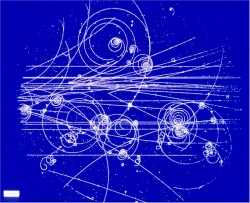
There are also many systems in place to protect mankind from the onslaught of solar storms. Using the Solar and Heliospheric Observatory (SOHO) and other craft located between the Earth and Sun, an early warning system has been set up to provide astronauts on orbit with some time to take cover should a solar flare be launched Earth-bound. This system is fully operational and has already proven itself. Recently, I toyed with the idea of a similar Mars-based early warning system, providing future Mars colonies with about 40 minutes advanced notice of an incoming solar storm.
Shielding is another obvious protective measure. Lunar and Mars colonies are most likely going to use large amounts of regolith to block the incoming particles. Only a few meters of locally dug-up regolith will provide excellent protection. But what about the journey to Mars? How will the astronauts of projects such as Constellation be protected? Perhaps an advanced “Ion Shield” might work?
Whatever the effect of radiation on humans in space, it seems obvious that we are in the infancy of space flight and we are already addressing some of the most difficult problems. Over the next few years, much effort will be focused on the health of astronauts, hopefully finding some answers to the space radiation problem.
Original source: Georgetown University Medical Center

